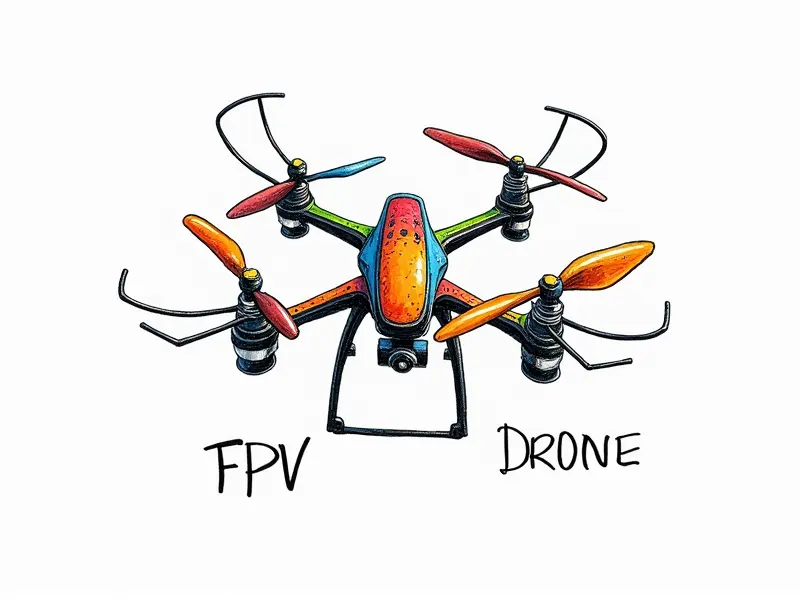How accurate is drone autopilot?

The use of drones has surged in recent years, driven by advancements in technology and the increasing demand for aerial data collection. One of the most significant features that have made drones more accessible to a wider audience is autopilot functionality. However, the accuracy of drone autopilots remains a topic of debate among enthusiasts and professionals alike.
Is Drone Autopilot Really Accurate?
The question of whether drone autopilot systems are truly accurate hinges on several factors, including the quality of sensors, software algorithms, and environmental conditions. While modern drones boast sophisticated hardware and software that can handle complex flight patterns with relative ease, there is still room for improvement in terms of precision.
Real-World Accuracy of Drone Autopilots
In real-world scenarios, the accuracy of drone autopilot systems varies widely depending on several variables. Factors such as GPS signal strength, wind conditions, and altitude can significantly impact how accurately a drone follows its programmed flight path. High-quality drones with advanced sensors tend to perform better in challenging environments.
Evaluating Drone Autopilot's True Accuracy
To evaluate the true accuracy of a drone autopilot system, it is essential to conduct thorough tests under various conditions. This includes testing the drone’s ability to maintain altitude, follow waypoints accurately, and respond to sudden changes in environmental factors like wind gusts.
Precision of Drone Autopilot Explained
The precision of a drone autopilot system refers to its ability to execute commands with minimal deviation from intended outcomes. High-precision systems are characterized by their use of advanced sensors, robust software algorithms, and real-time data processing capabilities that enable them to adjust flight parameters dynamically.
The Truth About Drone Autopilot
While drone autopilots have come a long way in recent years, they still face limitations. For instance, GPS signal interference can cause significant deviations from the planned flight path. Additionally, complex maneuvers may require manual intervention to ensure optimal performance.
Can You Trust Drone Autopilot Accuracy?
The trustworthiness of drone autopilot accuracy depends on several factors, including the specific use case and environmental conditions. For routine tasks such as aerial photography or surveying in stable environments, modern autopilots can be highly reliable. However, for more demanding applications like precision agriculture or construction site monitoring, manual oversight is often necessary.
Testing the Accuracy of Drone Autopilot
To test the accuracy of a drone’s autopilot system, it is crucial to conduct controlled experiments under varying conditions. This includes testing the drone's ability to maintain stability in windy conditions, follow complex flight paths accurately, and respond promptly to changes in environmental factors.
Maximizing Autopilot Accuracy in Drones
To maximize autopilot accuracy in drones, users should consider several best practices:
- Choose High-Quality Sensors: Invest in sensors with high resolution and precision to ensure accurate data collection.
- Optimize Software Algorithms: Utilize advanced software algorithms that can process real-time data efficiently, allowing for dynamic adjustments during flight.
- Maintain Regular Maintenance: Keep the drone's hardware in optimal condition through regular maintenance and calibration.
How Reliable is Drone Autopilot Today?
The reliability of today’s drone autopilots varies depending on the specific model and intended use. While some high-end drones offer exceptional accuracy and stability, others may struggle under certain conditions. Users should carefully evaluate their needs before selecting a drone with an autopilot system.
Evaluating Drone Autopilot Precision Levels
When evaluating the precision levels of a drone’s autopilot system, it is essential to consider several key factors:
- Sensor Quality: High-quality sensors provide more accurate data for real-time processing.
- Software Capabilities: Advanced software algorithms can handle complex flight patterns and environmental changes effectively.
- User Experience: Feedback from experienced users can offer valuable insights into the reliability of a drone’s autopilot system.
Accuracy Limits of Drone Autopilots
No autopilot system is perfect, and there are inherent limitations to what drones can achieve autonomously. Factors such as GPS signal interference, wind conditions, and complex flight maneuvers can challenge even the most advanced systems. Users should be aware of these limitations when planning their drone operations.
Conclusion
The accuracy of drone autopilot systems is a critical factor in determining their effectiveness for various applications. While modern drones offer impressive capabilities, it is essential to understand the limitations and best practices for maximizing performance. By choosing high-quality sensors, optimizing software algorithms, and maintaining regular maintenance, users can enhance the reliability and precision of their drone’s autopilot system.

